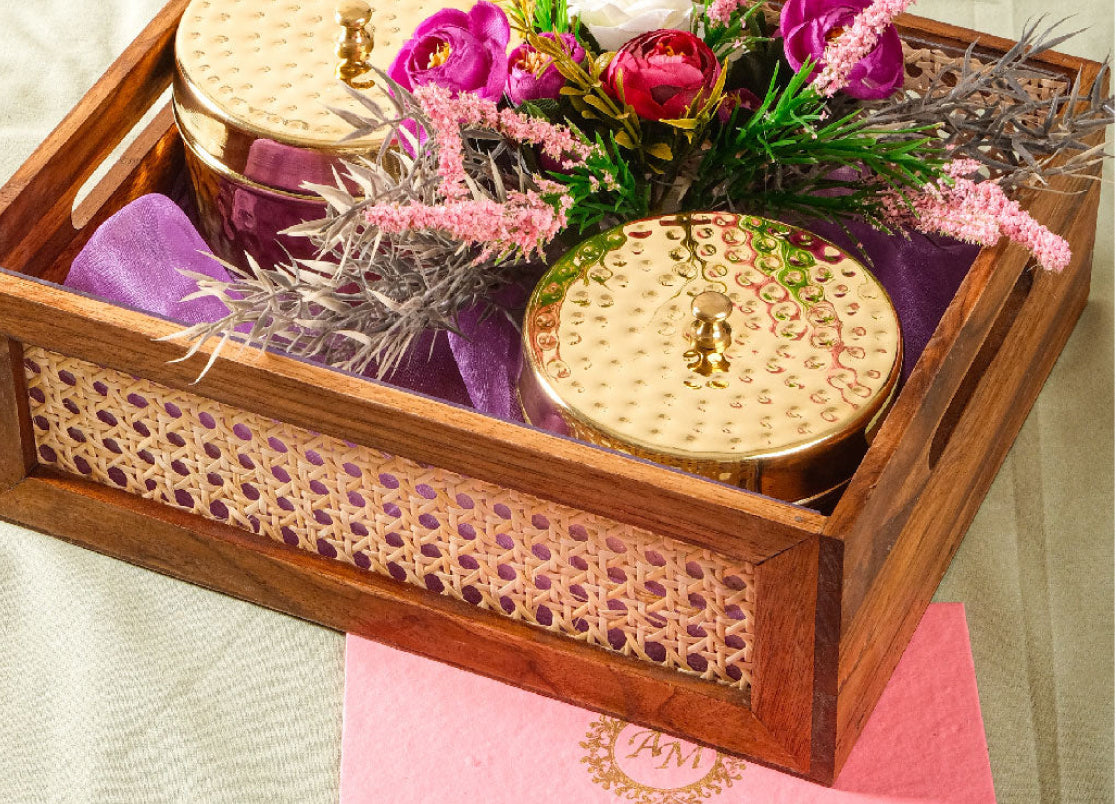Best Practices for Using Your Copper Water Dispenser
Within the bosom of India’s oldest traditions
lies the sacred practice of consuming “Tamra Jal,”
This ritual has been revered for hundreds and hundreds of years due to its impeccable health benefits and ayurvedic significance.
This ritual has been revered for hundreds and hundreds of years due to its impeccable health benefits and ayurvedic significance.
According to Ayurvedic traditions, drinking “Tamra Jal” is believed to balance the three doshas in the body, i.e. Vata, Pitta and Kapha, improving overall health. Thus, there are many copper water benefits.
P-TAL’s Copper Water Dispenser includes
aiding digestion, enhancing immunity and even reducing inflammation
Nowadays, looking after one’s health and managing other chores are difficult. Therefore, replacing the regular water dispenser with the copper water dispenser is a great start. Best practices for using copper water dispensers—
1. Regular cleaning
cleaning the dispenser is essential to eliminate any impurities or tarnishing. One can use warm water, a soft cloth, and a light detergent. The fabric or even a sponge can help prevent scratching.
2.Do not store hot water
Hot water can cause copper to leach into the water, making it harmful to drinking. Moreover, since copper is a great conductor of heat, storing warm water can make the dispenser extremely hot to touch.
3. Replacing water on a timely basis
Water should not be stored for more than 10 hours and should be replaced, ensuring freshness while preventing the growth of microbes.
4.There should be no storage of acidic liquids
It’s advisable to use the dispenser only for water storage. Acidic liquids such as citrus juices can quickly react with copper, resulting in the leaching of copper into the water.
5. Monitor for damage and tarnish
It is essential to watch for dents or leaks. Moreover, periodic inspections for tarnishing are also crucial since excessive tarnish can depict improper maintenance.
Things to keep in mind while drinking water stored in copper water dispenser
1.Copper toxicity/copper poisoning
Excess copper intake can lead to copper toxicity, causing nausea, diarrhea, abdominal pain, etc.
2. Risks of contamination
If the copper vessel is not cleaned correctly, it can breed microbes, accumulate them, and cause gastrointestinal diseases.
3. Risk of allergy
Some people can be allergic to copper. It’s essential to get a blood or patch test one to determine if one is allergic.
Therefore, there may be side effects of drinking copper water if a balance is not maintained, but there are also multiple advantages. Drinking water stored in a copper dispenser can help support the pH levels, resulting in better digestion and a healthier gut. Moreover, copper water is filled with antioxidants since it has traces of copper ions. It helps in reducing the oxidative stress in the human body. It’s important to highlight that regularly consuming copper water boosts immunity and even aids skin health.
In the fickle dance of main tong one’s health, it’s also essential to maintain the balance of drinking copper water. The skill of balancing is not limited to just a few portions of life. It’s critical to maintain a balance in any consumption. Similarly, it’s important not to drink water stored for more than 10 hours when it comes to copper water. Excessive consumption of anything can have harmful effects. Therefore, it’s essential to reap the benefits while protecting oneself from the side effects.
Out of both these metal
brass is highly reactive
and thus alining called ‘kalai’ must be done in order to use these metals for proper cooking. This is a tin coating that ensures less corrosion. Without such lining, souring and curdling of food items like curd may happen in brass vessels. Without kalai, brass can be used simple as a beautiful serve ware or drink ware. Bronze on the other hand is not very reactive and thus cooking can be done easily even of food stuff that is sour. Storing ghee, curd, milk and other items is also safe here. High temperatures are not a problem for either of these metals and thus cooking can be easily done.
